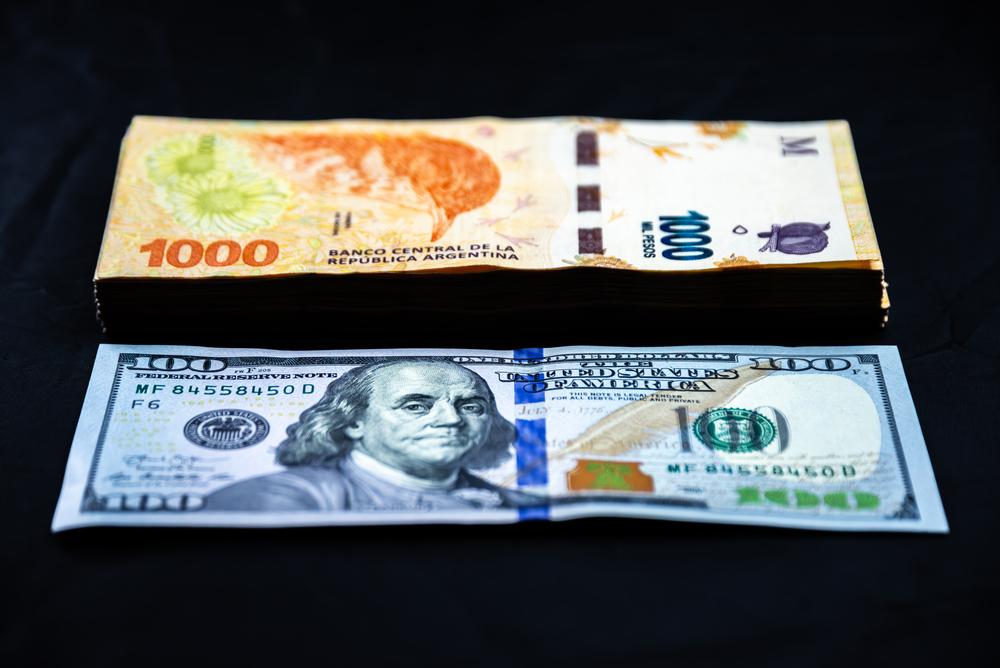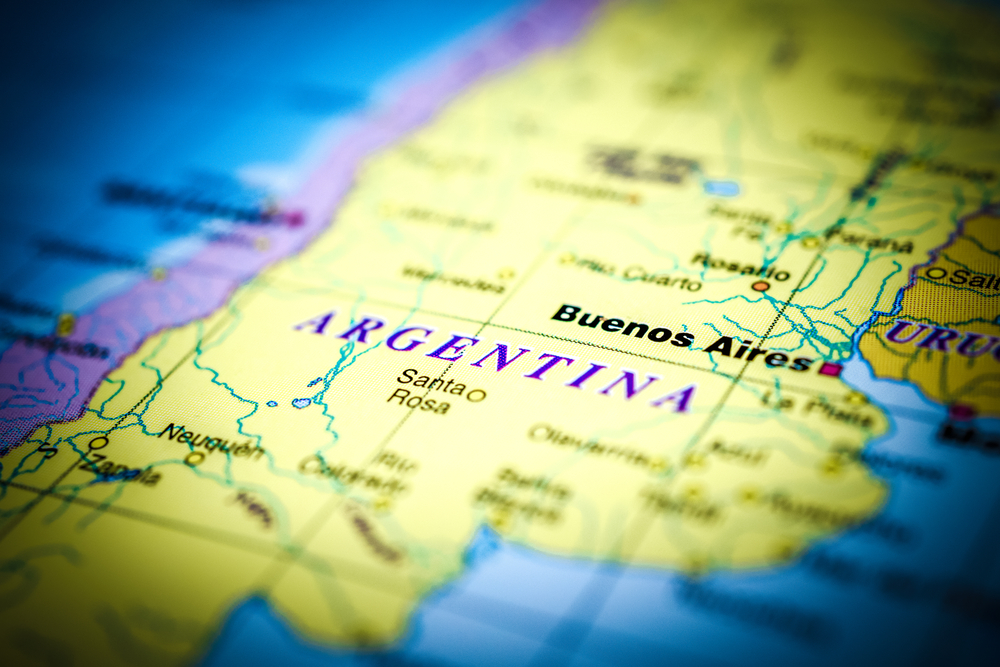The topic of dollarization sparked controversy during Argentina’s presidential campaign. Javier Milei, the current president, pledged to dollarize, grabbing international media attention. He even announced that Emilio Ocampo, my co-author on the dollarization proposal for Argentina, would lead the central bank, hinting at a possible dollarization and closure of the institution. However, as the elections approached, the idea of swift dollarization was abandoned.
The dollarization proposal involves adopting the U.S. dollar as Argentina’s official currency instead of the peso. It also supports the closure of the central bank and the implementation of significant banking reforms, which would give Argentina an integrated financial market globally. Bi-monetarism, as a concept, aims to establish both currencies as valid means of exchange, allowing them to compete evenly.
Milei still vows to eventually implement dollarization. Despite this shift, his followers remain hopeful that dollarization remains the ultimate goal. However, recent statements from Milei and prevailing political preferences lean toward a different direction—embracing a bi-monetarism regime, inspired by successful cases like the one that took place in Peru.

It’s crucial to recognize that while bi-monetarism may work well in countries like Peru, it doesn’t automatically guarantee success in Argentina. The necessary conditions for sustainable bi-monetarism are absent in Argentina. Relying on Peru as an example for advocating bi-monetarism is akin to chasing an idealistic vision rather than facing reality. Peru’s institutional conditions that allow for bi-monetarism to work there is an ideal scenario for Argentina, not a real one.
A key outcome to remember is that it took Peru five years to achieve monthly inflation rates below 0.5% (6.2% annually) after declaring central bank independence in January 2003. This timeframe is not feasible under current market conditions in Argentina, regardless of who the president is. In contrast, the early 1990s saw Argentina’s convertibility achieve a 0.5% monthly inflation rate within two years.
Moreover, for bi-monetarism to succeed, credible institutions are vital, a factor lacking in Argentina. By “credible institutions” I mean that is believed that political leaders will not try to erode the monetary regime in place and that formal political and monetary institutions protect the monetary regime against the politicization of the money supply. Without these foundations, adopting bi-monetarism is akin to standing on shaky ground. Without credible institutions, fiscal deficits erode the foundation of a bi-monetarist regime, increasing the ongoing demand for U.S. dollars. Can market actors trust that, in this scenario, the Argentine government would not try to limit access to U.S. dollars as so many times did in history? It is worth remembering that current capital controls were imposed by the Cambiemos coalition, the republican opposition to the kirchneristas.
Any monetary reform in Argentina must consider the possibility of a new populist regime taking power. The likelihood of Argentina electing a populist government sooner or later is 100%. Any monetary regime reform must be done assuming that the kirchneristas (or another populist) will win the next presidential election. Bi-monetarism presents an easy target for such regimes to manipulate.
The uncertainty stemming from a weak monetary regime would force the Argentine central bank to offer higher returns to entice investors to hold onto pesos. This turns the peso into a financial speculative tool, creating uncertainty and instability in the financial sector. Bi-monetarism would be a short-lived solution – if “solution” is the right word here.
While bi-monetarism may offer short-term relief, its long-term sustainability is questionable, especially given Argentina’s turbulent economic history. Assuming that a new monetary regime will succeed solely based on technical soundness ignores Argentina’s historical evidence, which repeatedly shows that technically consistent but non-credible monetary regimes are destined to fail.
Nicolás Cachanosky is a professor of Economics and Director of the Center for Free Enterprise at University of Texas at El Paso, Senior Fellow at the American Institute of Economic Research (AIER), and Fellow of the UCEMA Friedman-Hayek Center for the Study of a Free Society. He also serves as co-editor of LIBERTAS: Segunda Época.


READER COMMENTS
Craig
Apr 5 2024 at 10:02am
“Moreover, for bi-monetarism to succeed, credible institutions are vital, a factor lacking in Argentina” – QFT
“In framing a government which is to be administered by men over men, the great difficulty lies in this: you must first enable the government to control the governed; and in the next place oblige it to control itself.”
Convertibility worked, but it was abandoned.
Henry
Apr 6 2024 at 12:19pm
The last time I visited Argentina was one year ago. I spent time in Buenos Aires and patronized stores, restaurants, and a hotel. “Puedo pagar con dólares” was always met with a smile and a “si.” I did have to pay in pesos to get a flight to Ushuiai and got the pesos from a guy who gave me the unofficial exchange rate with a bit of a commission for himself which was still a lot better than the official exchange rate. Government edicts create rules, and rules create black markets. The previous dollarization failed in Argentina because the locals didn’t believe the government. My impression is that that Argentina has bi-monetarism on the ground without official approval.
Comments are closed.